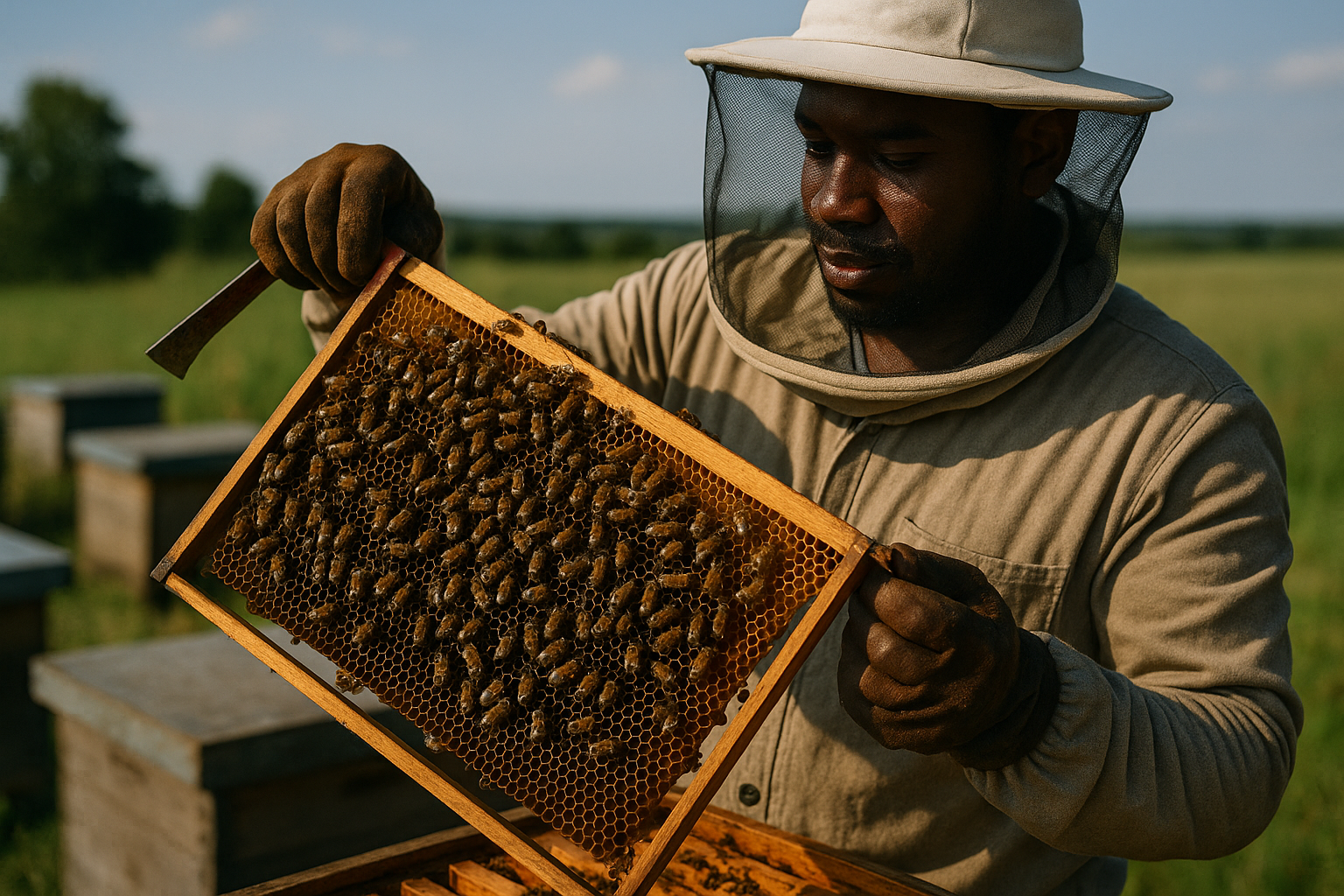Bee Farming

Beekeeping: A Sustainable Success in Our Farming Initiative
As part of a broader farming project aimed at improving livelihoods, we introduced goat rearing, pig farming, and beekeeping in one of our pilot communities. While the initial goal was to diversify income sources and strengthen food security, the outcomes varied widely across the three components.
Unexpectedly, it was the beekeeping venture that stood out as the most successful and sustainable.
Goats and pigs required ongoing care, consistent feeding, proper shelter, vaccinations, and considerable local expertise. Despite basic training efforts, these components faced challenges including high maintenance costs, disease outbreaks, and resource constraints.
In contrast, beekeeping flourished.
What made the difference?
- Low Input, High Return: With just a well-constructed hive and the right location, the bees took over. Nature did the work—pollinating, producing honey, and multiplying.
- Minimal Maintenance: Unlike livestock, bees require far less day-to-day attention, making the activity ideal for communities with limited labor or technical capacity.
- Environmentally Friendly: Beekeeping supports biodiversity and can be integrated into existing landscapes without competing for land or food.
- High Market Potential: The honey produced was easy to store, package, and sell—generating income with relatively low risk.
Lessons Learned:
This experience taught us the importance of matching projects with local context, capacity, and natural advantages. While livestock farming may work in some areas, beekeeping proved to be the more suitable and sustainable option for this particular community.
Going forward, we plan to scale up our beekeeping initiatives while continuing to support context-specific farming solutions. Sometimes, it’s the quietest project—like a hive humming in the background—that offers the sweetest success.
